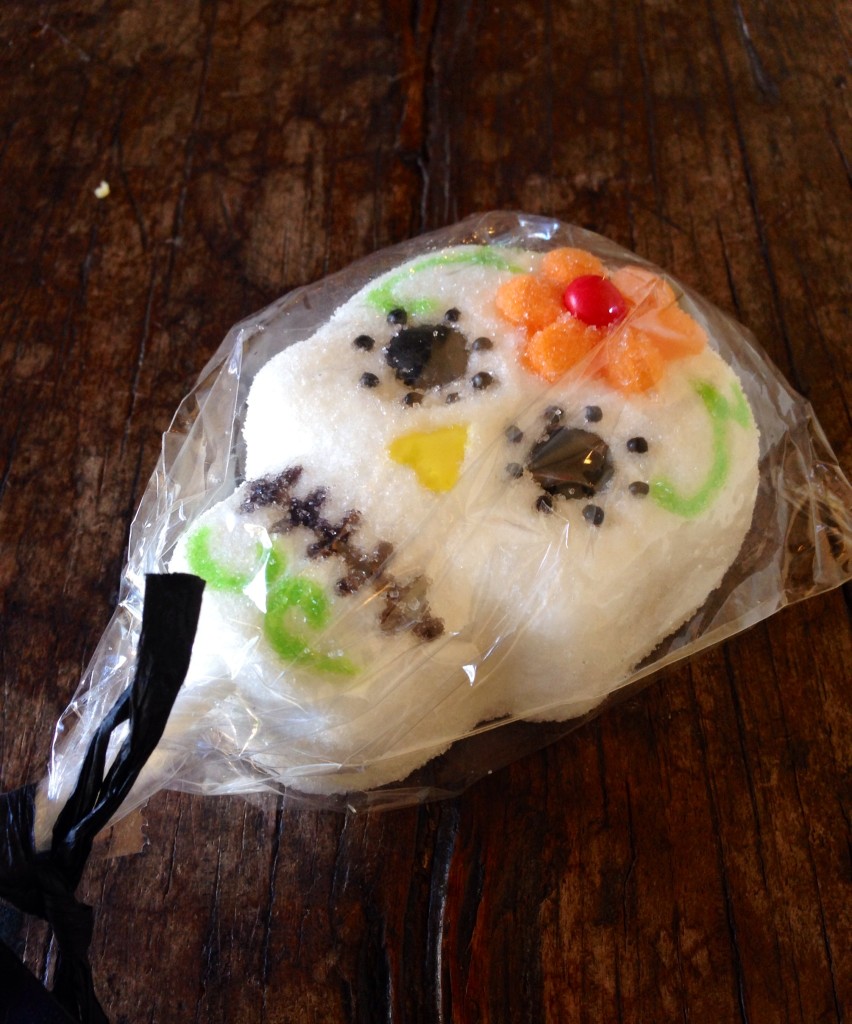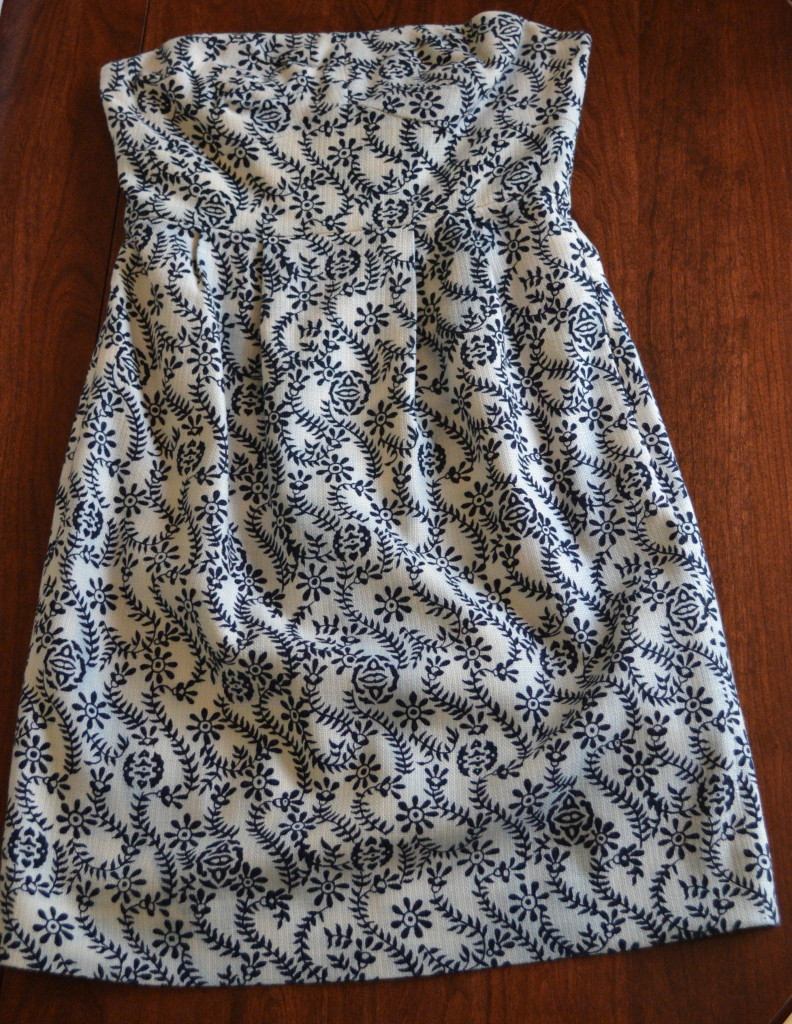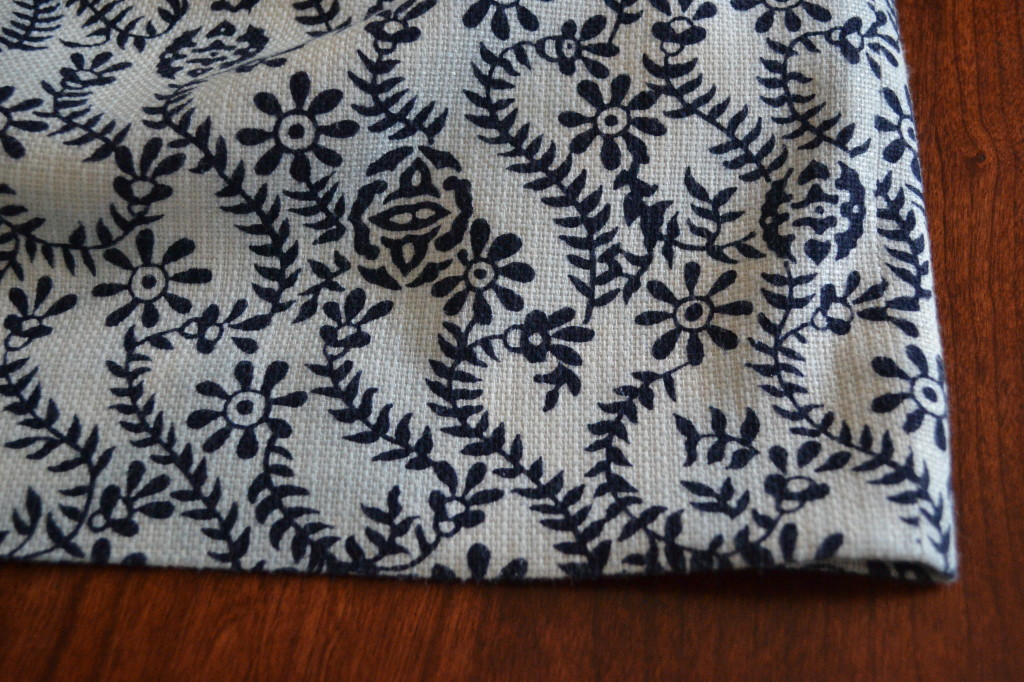My (nearly) zero waste lunch

As part of an office-wide challenge to eat better, I have cut sugar from my diet for the remainder of the work week. I have also vowed to eat as locally and as seasonally as possible and to make a conscious effort to reduce my food and packaging waste.
 Read more from the post here
Read more from the post hereTo read about other Sunset editor’s experiences, check out their blog posts at Westphoria or keep up with us on Twitter and Instagram with #SunsetEatFresh.
Feeling particularly ambitious? It’s not too late to join in!
I hate to admit it, but by this time last year I had nearly finished off a huge bag of candy from a bulk store by myself. To say I have a sweet tooth is a serious understatement. My freshman year of high school I had a bag of skittles almost every day after lunch. I love dessert, and I don’t think I have ever uttered the words “too sweet” in my life.
With that said, I have not had a single piece of Halloween candy this entire month, and I’m not going to have any. As people bring in bags of candy to work, the candy bowl sits by the door of my house, and millions of children load up on the sweet stuff, I’m going to say no.
 It’s not that I don’t like Halloween, but rather I have worked so hard to finally cut back on my sugar intake and I’m not willing to let a single “fun size” package of candy blow my entire 33 grams.
It’s not that I don’t like Halloween, but rather I have worked so hard to finally cut back on my sugar intake and I’m not willing to let a single “fun size” package of candy blow my entire 33 grams.
But my “just say no” policy will continue throughout the year because:
I have always been a tea person. The only time I ever drank coffee was when my great grandmother would make me “coffee” with a few tablespoons of coffee and a full cup of milk when I was a kid. Once my parents got a small espresso machine, it started to grow on me.
For people who spend $20 on coffee each week (or the average American who spends $1,092 on coffee each year), having an espresso machine at home saves money, but does it save resources as well? For people who get a disposable cup, lid, and stirrer every time they go to the coffee shop, it’s quite possible that over the lifetime of the machine (years if treated properly) could save carbon emissions and paper/plastic waste.
While I’m not saying that every home in America should have an espresso machine (although many already do have a coffee pot), I sure do enjoy having one I can use at work. And let’s face it, foaming milk is fun.
Even though I have convenient access to espresso machines, I still hardly drink coffee. Because the coffee itself is resource intensive to produce and ship around the world (not to mention the poor living conditions for many of the farmers or people who live near commercialized coffee farms), it’s something I try to save as a treat instead of a daily necessity.
When I buy clothes I buy them with the intention of wearing them for at least the next 5 years. I invest in pieces that will last and I get them tailored so I love the way they fit. So when an item returned from the dry cleaners completely stained, despite going in in perfect condition, it’s safe to say I was furious.

For the past few years I have either bought clothes that do not have to be dry cleaned or tried to find alternative ways to clean them myself to reduce the amount of dry cleaning I had. Not only is dry cleaning bad for the environment, it makes me nervous that they bathe my clothes in chemicals and then I wear them against my skin all day (especially since the chemicals are believed to be carcinogenic). But for delicate pieces that I was afraid to tackle on my own, I would get them cleaned. I clearly paid the price this time. My beautiful, tailored dress came back covered in blue stains and is no longer cream like it used to be.

So from now on, I will follow the incredible advice of The Laundress, and safely wash everything at home. And whatever they say I can’t wash won’t find it’s way into my closet. They have not once lead me astray and my clothes look great (and lets face it, who wants their clothes to be constantly costing them money to wear them? Cleaning them at home saves a lot of money!). I use regular bar soap (leftovers from hotel stays or a plain castile soap bar) and my homemade laundry soap to wash most items, but I did splurge for their nontoxic wool and cashmere wash as well as their stain brush.
Recently I washed my grimy, “dry clean only” peacoat and it came out looking new. Now I wash silk, wool, and just about everything else in my closet at home. The first wash is always a little scary (especially when my mom washed her “dry clean only” white patterned dress that has a deep purple lining), but not once have I had any failures.
As a journalist, I think my addiction to magazines is completely justifiable (let’s just go with it). One of my favorites is Runner’s World, but it seems like in every issue there is an article telling me that my shoes are too old and that I need a new pair. Now maybe if you run marathons or are training for an Ironman seasonal shoes are a good idea (or if you live somewhere where you really need winter shoes), but for most runners it’s a constant struggle to decide when to get new shoes.

Everyone has a different estimate of when you need new shoes (every 3 months, every 100 miles, every 500 miles…etc.), but instead of sticking to a strict number, I am just trying to make mine last as long as I can.
1. Give it a rest. Have shoes specifically for running. I know they are the most comfortable shoes you own, but wearing them all day, every day will wear them out quickly and make them less supportive (or if you are running in minimalist shoes, less protective).
2. Spray them down. I spritz my shoes (all of them, not just my running shoes) after every wear to keep the smell under control. With only two ingredients, the recipe is easy and effective. My running shoes could be used as a stink bomb if I don’t keep on top of frequently spraying them.
3. Wash them. Toss your shoes in the washer on a cold, gentle cycle and leave them out to dry (no dryer!). I use a full scoop of my homemade laundry soap and spray them down with vinegar before they go in. They don’t smell at all when they come out – it’s great. I wash my barefoot shoes once a week because I don’t wear them with socks, but my other shoes get washed as needed. They come out looking like new and they won’t clear a room anymore.
4. It’s all about form. If you are dragging your feet or running with poor form your shoes will wear unevenly and leave you with unstable shoes that need to be frequently replaced. A local running shop can look at your form and make sure you are running the best you can and fit you for the right shoe for your gait.
Welcome to my beautiful new home. It’s been months in the making and I am excited to share it with you all. I will continue writing about sustainability, fitness, food, and much more. On the new site you can easily search through the archives, explore your favorite topics, keep up with my latest work, and join in on the conversation.
I have many exciting things on the horizon that I can’t wait to share with you all, so check back soon!
In the meantime, feel free to explore the archives, dive into a category, and learn more about me.
Want to follow via RSS? You can add http://treading-lightly.com/feed/ to your subscriptions.